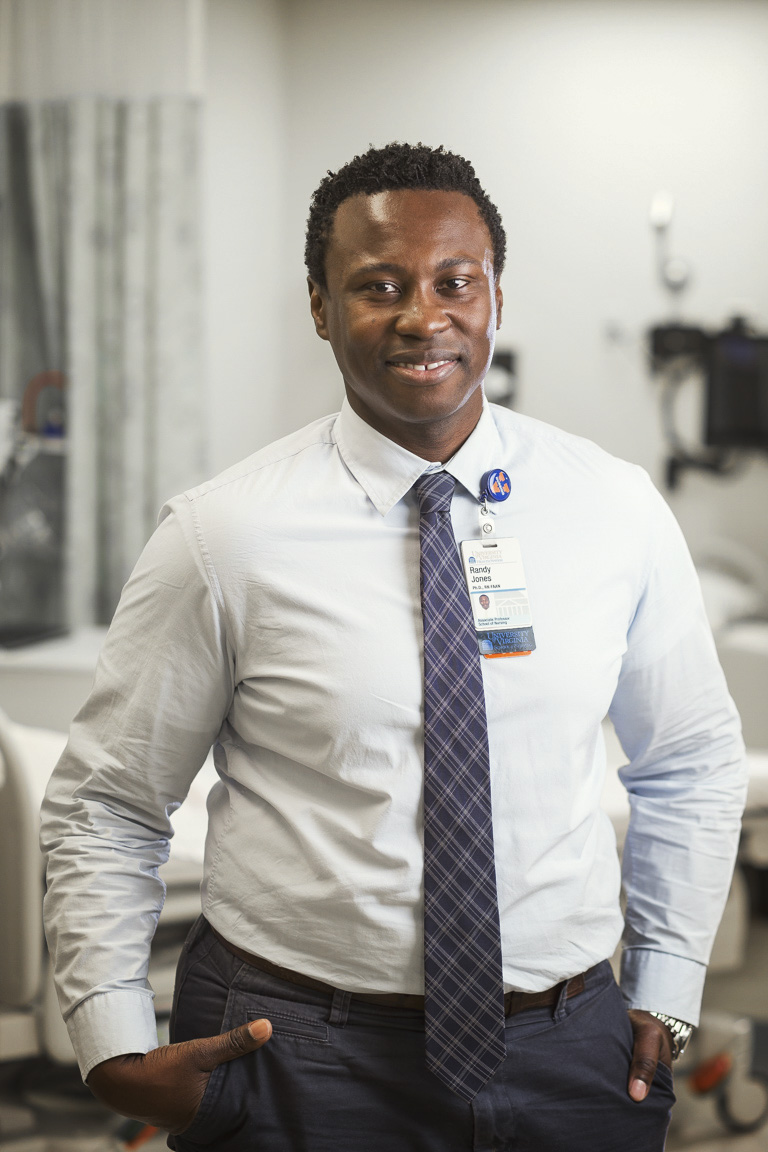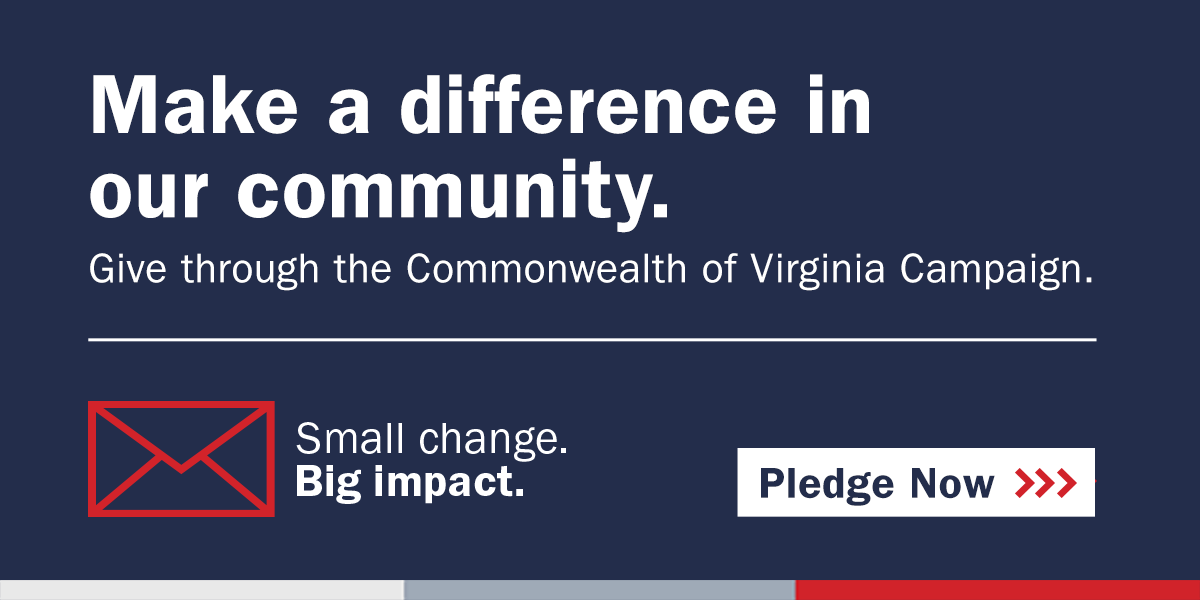When weather forecaster Al Roker, a beloved anchor of NBC’s “Today” show, announced in early November that he’d been diagnosed with prostate cancer, he did more than share intimate details about his health. Roker used the moment to urge all men, especially African American men, to get screened early and often. After surgery and a two-week recovery, Roker returned to the job on Nov. 23.
Black men are more than twice as likely than men from other races to die from prostate cancer, but less likely to be involved in active decision-making related to their treatment, according to University of Virginia nurse scientist and professor Randy Jones. He’s leading a $2.3 million three-site, NIH-funded study, now in its fourth year, to assess a novel decision-making aid to guide patients with advanced prostate cancer through their treatment-related decisions.
UVA Today checked in with Jones about the intersection between race, disease and treatment-related decision-making, and how this decision-making tool works.
Q. One in nine men will be diagnosed with prostate cancer in his lifetime, but one in seven African American men will. Why the difference?
A. It’s not entirely clear. Likely, it’s multifactorial: diet, genetics, one’s environment, and access to and participation with health care providers. From my work, though, I believe the biggest factors driving these racial differences are most related to health care access and delayed screenings.
Prostate cancer has no early symptoms, is usually slow-growing, and, if found early, is treatable. Current recommendations are that high-risk men age 45 and older – this includes Black men and men with an immediate family history of prostate cancer – should be screened for it, usually through a blood test that measures prostate-specific antigens, called a PSA test, and a digital rectal exam. Prostate cancers can be sneaky: you can start with localized prostate cancer, get treated for that, and then, several years later, there may be a recurrence of the cancer.

Jones talks about the intersection between race, disease and treatment-related decision-making, and how this new decision-making tool works. (Photo by Coe Sweet)
Black men are more likely to be diagnosed with prostate cancer at an advanced stage than men from other racial groups. That means they face a greater likelihood of having aggressive treatments to slow or stop their cancer. Some of those treatments can come with hefty side effects, however – related to incontinence, bowel dysfunction or sexual dysfunction – which is why men and their loved ones need a complete picture of what they could face. That’s what our decision aid offers.
Q. Please describe your study.
A. We’re testing a decision-making tool to help prostate cancer patients and their loved ones better weigh the risks, benefits and potential side effects of a course of treatment so they aren’t plagued by regret. We’ve recruited nearly 120 patients thus far at three sites: UVA’s Emily Couric Cancer Center, Virginia Commonwealth University’s Massey Cancer Center and Johns Hopkins University’s Kimmel Comprehensive Cancer Center.
Half received the tool to guide their conversations around, and understanding of, treatment options. About 18% of our participants are Black, and that has given us some interesting perspective on how the decision aid is particularly relevant to them.
One of our study aims was to better understand whether certain racial groups benefit in particular when they use the decision-aid tool. We’ve noted that our Black participants are actually more likely than patients of other races to make decisions in conjunction with a family member – as opposed to going it alone, or solely in concert with care providers – which is an important nuance to recognize, particularly because Black men are more likely to be diagnosed with prostate cancer, but often less likely than other racial groups to be involved in active treatment decision-making related to their disease.
That puts them at much higher risk of what we call “decisional regret”: depression, decreased quality of life, and the cascade of ill effects they might experience after getting treatments they’re wholly unprepared for and don’t necessarily understand the consequences of. If a patient gets through with treatment, and then says, “I wish I had done this, or hadn’t done that,” it creates other problems. People often believe they’re great decision-makers, but unless you are well-versed in disease science, treatment side effects and post-surgical processes, these can be hard decisions to weigh, even for very well-educated individuals.
With our tool, hopefully we’re asking about and informing them before that occurs.
Q. How does the tool work?
A. It’s delivered on an iPad-type device by a trained community patient navigator and is broken into a balance sheet across three areas: starting an anti-cancer treatment; changing an anti-cancer treatment; and stopping an anti-cancer treatment. Within each of these, there are pros and cons to discuss, and the nurse delivering the tool takes patients and their loved ones through them in detail.

There are other pieces, too, like a place for them to put what their priorities are, what concerns they have, and then symptom-specific issues: how their appetite is, whether or not their sexual function has declined, how their energy is, whether they’re experiencing incontinence.
Q. What does it mean to ask someone what their priorities are?
A. Sometimes, we’ll ask patients – especially those at the end of life – “What’s your priority?” and they’ll answer, not quite understanding, “Like, in my whole life?”
Asking someone about their priorities gives us a sense of what patients want to accomplish, often in the short-term – not world peace, necessarily, but whether there are events they want to attend, goals, or even fears they have. Some say they want to stay alive long enough to see their daughter get married. For others, it’s broader: they tell us they’re adamant about not being a burden to their families, or that they don’t want to spend a lot of money on a treatment that may not extend their life. One man told us he wanted to see his family’s lake house built.
The decision-making tool – a sort of guided conversation – gives us an ability to break it down so a patient can actualize what it is they really want. It’s always personal, and varies. It gives us a template for talking; without it, we might not get us to destinations and decisions we need to reach.
Q. What do patients say about it?
A. So far, patients are telling us that they enjoy the decision aid as well as the patient navigators who deliver it. They’re telling us, “I didn’t realize I could have this other line of support out there to bridge the gap between the time we visit our doctor and when we have treatment.” The navigators really are the key.
The main thing is to help these patients be in the driver’s seat, to feel informed, to feel like they’ve given things their best shot, and that they’re not going to regret the decisions they’ve made. By incorporating their care partner, a friend or loved one, into the conversations, you open up doors for people’s relationships. I think for African American men, it’s particularly important to have open discussions with health care providers that include family members at their appointments.
Lots of times, I’ve seen patients who hide things from their spouse or partner. I’ve heard patients’ care partners say, “I didn’t realize you were in such pain,” or “I didn’t know you were scared I’d look at you differently after treatment.” It opens up lines of communication in powerful ways and jumpstarts conversations that patients might otherwise feel uneasy having.
We’ve looked at whether having providers look like the patients they serve matters – whether, if I’m a Black man, I need a Black physician or nurse to care for me – but from previous studies, it’s been found to not necessarily be the case. Being a racial or gender match with your provider may provide some degree of comfort, but trust – building and establishing trust and a two-way conversation – is still the main thing.
Q. Any additional advice you would give?
A. The most important thing to remember – for all prostate cancer patients, no matter what stage they’re in – is to make sure they have open discussions with their health care providers, ask questions and learn about the side effects of any course of treatment so they can be well-informed.
They should also talk openly with their care partners and loved ones, and bring them to appointments, if possible. Any illness affects the dynamics of a household, people’s jobs and livelihoods. Tools like the one we created really help to guide and drive these discussions. It’s like having a map to navigate successfully through the disease.
Media Contact
Article Information
December 7, 2020
/content/qa-randy-jones-his-decision-making-tool-aid-prostate-cancer-patients

